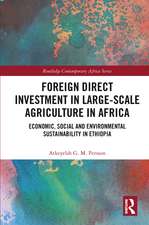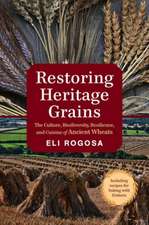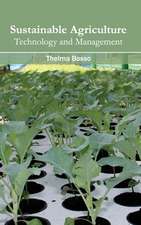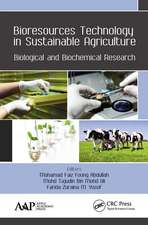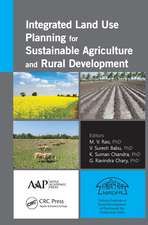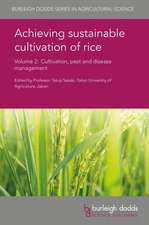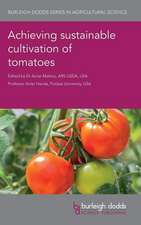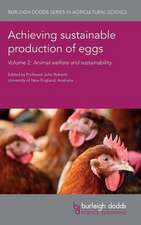The Biochar Solution: Carbon Farming and Climate Change
Autor Albert K. Batesen Limba Engleză Paperback – 8 dec 2010
Preț: 110.27 lei
Nou
21.10€ • 22.03$ • 17.46£
Carte disponibilă
Livrare economică 15-29 martie
Specificații
ISBN-10: 0865716773
Pagini: 209
Ilustrații: b/w illus
Dimensiuni: 150 x 226 x 15 mm
Greutate: 0.34 kg
Editura: New Society Publishers
Locul publicării:Canada
Recenzii
For those who are not scientists directly involved with biochar, this is a book worth reading. It presents the science that got biochar rolling, the technologies already available, and how to use it to enhance food security and restore degraded agroecosystems. It is well designed for international agricultural aid staff, nongovernmental organization activists, and agricultural extensionists. Anyone interested in climate change mitigation and adaptation will gain something from this book, because Bates is careful to point out that mitigation and adaptation will only succeed if global society decides to change the ways it thinks about population and consumption.
BioScience, Vol. 61, No. 10 (October 2011), pp. 831-833
University of California Press on behalf of the American Institute of Biological Sciences
May 2011 CHOICE
The basic premise of this book is that the carbon cycle must be balanced for a healthy planet. To prove this idea, Bates, an instructor and writer (Climate in Crisis, 1990; The Post-Petroleum Survival Guide and Cookbook, 2006), claims that when ancient Amazonian civilizations collapsed, rain forests engulfed the cities and roads. Archaeologists and historians are still puzzled about the reasons for the demise of these Amazonian empires. Bates asserts that starting around the ninth century, Europe began growing colder due to massive sequestering of carbon from the atmosphere by these new immense Amazonian forests. He examines several techniques for combating global warming, such as using biochar and less destructive tilling techniques, and restraining global corporations that manufacture synthetic fertilizers and genetically modified seed stocks. The author also recommends massive tree planting and a change in cultural attitudes about how humans manage Earth's resources. One unique solution to global warming is to provide poor, rural third world people with biochar stoves that generate needed heat and produce biochar. Agricultural use of biochar would reduce carbon dioxide in the atmosphere and slow down global warming.
Summing Up: Recommended. All undergraduate students and general readers interested in biochar. -- K. Bennett, emeritus, Kalamazoo Valley Community College
Notă biografică
Cuprins
Acknowledgments
Foreword by Dr. Vandana Shiva
Introduction
BOOK I: Losing the Recipe
Chapter 1: The Roots of a Predicament
Chapter 2: Sombroek's Vision
Chapter 3: Conquistadors
Chapter 4: El Dorado
Chapter 5: The Great White Way
Chapter 6: The View from the Bluff
Chapter 7: Confederados
Chapter 8: Hartt's Breakthrough
Chapter 9: City Z
BOOK II: Agriculture and Climate
Chapter 10: Making Sand
Chapter 11: The Moldboard
Chapter 12: Changing the Paradigm
Chapter 13: The Amazon and the Ice Age
Chapter 14: Predicting Climate's Meander
BOOK III: Capturing Carbon
Chapter 15: Carbon Farming
Chapter 16: Understanding Soil
Chapter 17: The Soil Food Web
Chapter 18: The Role of Ruminants
Chapter 19: Compost
Chapter 20: Tea Craft and Designer Biochar
Chapter 21: From Biochar to Terra Preta
Chapter 22: Making Charcoal
Chapter 23: Stove Wars
BOOK IV: Gardening the Earth
Chapter 24: Milpas
Chapter 25: Chinampas
Chapter 26: Trees
Chapter 27: The Power of Youth
Chapter 28: Greening the Desert
Chapter 29: Sahara Forest
Chapter 30: Drey's Challenge
BOOK V: At the Turning Point
Chapter 31: The Biochar Critique
Chapter 32: Carbon Trading
Chapter 33: The International Biochar Initiative
Chapter 34: Permaculture Marines
Chapter 35: Carbon-Negative Communities
Notes
Index
About the Author

